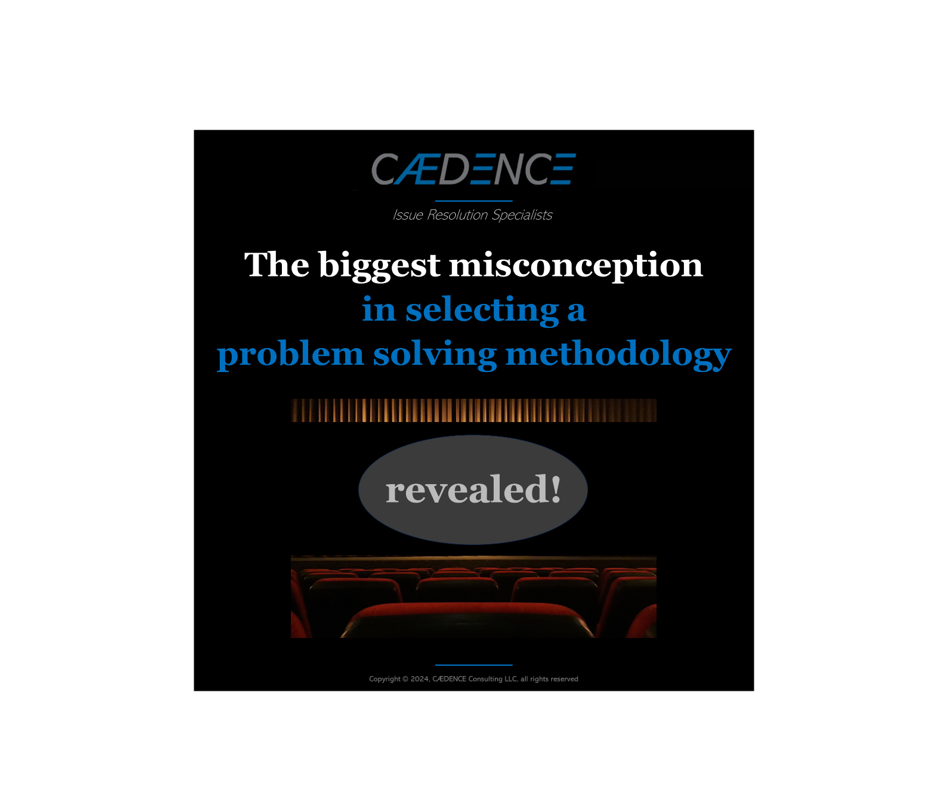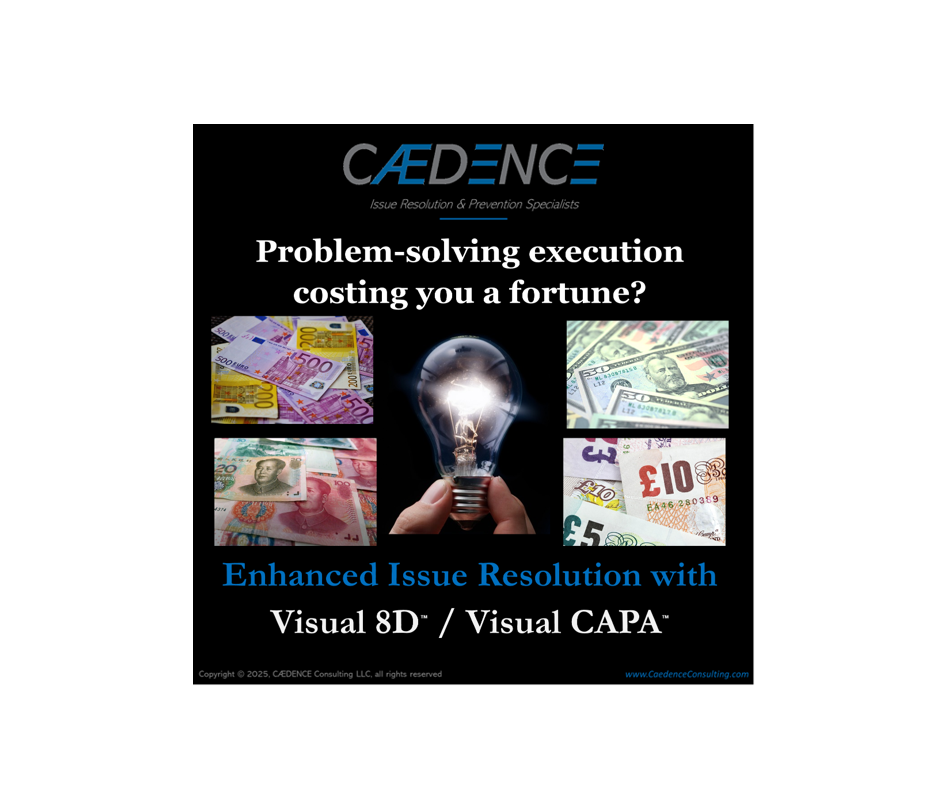Trick of the Trade

We often need to know when a colleague or supplier will deliver a component, test result, or needed bit of information, but colleagues and suppliers are often reticent to offer concrete promise dates (for a variety of reasons). When someone will not or cannot offer an estimated delivery time, try this trick: “Can I have it after lunch today?” (The usual response is “No, that’s nowhere near enough time!”) “Okay, could I have it by this date next year?” (The usual response is “Of course, that’s plenty of time.”) You have now established that they do have some idea of how long the task will take, and it’s just a matter of tightening those boundaries.
Continue by asking, “So, between this afternoon and next year, what’s your best guess?” This usually results in a reasonable but somewhat optimistic estimation (depending on the individual and on the local culture). Next ask “If everything went perfectly, no competing priorities, no mistakes, and no snags of any kind, when could it be finished?”, the response is the best-case timing. Then ask, “What if everything went wrong, needed resources weren’t available when expected, problems popped up, other projects got hot and took priority?” This reveals the worst-case timing. Now you are in a position to agree on a realistic timing window and assess the risk of the task being completed late (and take any needed actions to help move things along).

Over the years we’ve been exposed to Six Sigma, Juran, Deming PDCA, 8D, Dale Carnegie, A3, Shainin, and more. Each technique works pretty well, and has been demonstrated many times in a wide variety of industries and circumstances. At the core they are all essentially the same!
Each approach relies on an underlying logical flow that goes like this: [a] make sure the problem is clearly defined; [b] be open to all sources of information; [c] vet the information for relevance and accuracy; [d] use the process of elimination to narrow down all possible causes to the most likely few; [e] prove which of the suspects is really the cause of the issue; [f] generate a number of potential solutions; [g] evaluate the effectiveness, feasibility and risk of the potential solutions; [h] implement the winning solution(s); and [i] take steps to make sure your solution(s) don’t unravel in the future.
The differences between the paradigms resides in supplementary steps and toolkits. For example, 8D contains the important “In

Your primary role as a manager is to ensure your team’s success. Internalize this. Make sure your team members know this. Build an environment of trust and collaboration. A direct report of mine would frequently leave me out of the loop as problems escalated, preferring instead to “work harder”. It was clear that he felt uncomfortable delivering bad news to me (his boss) when things were not going according to plan. Let me tell you the rest of the story.








